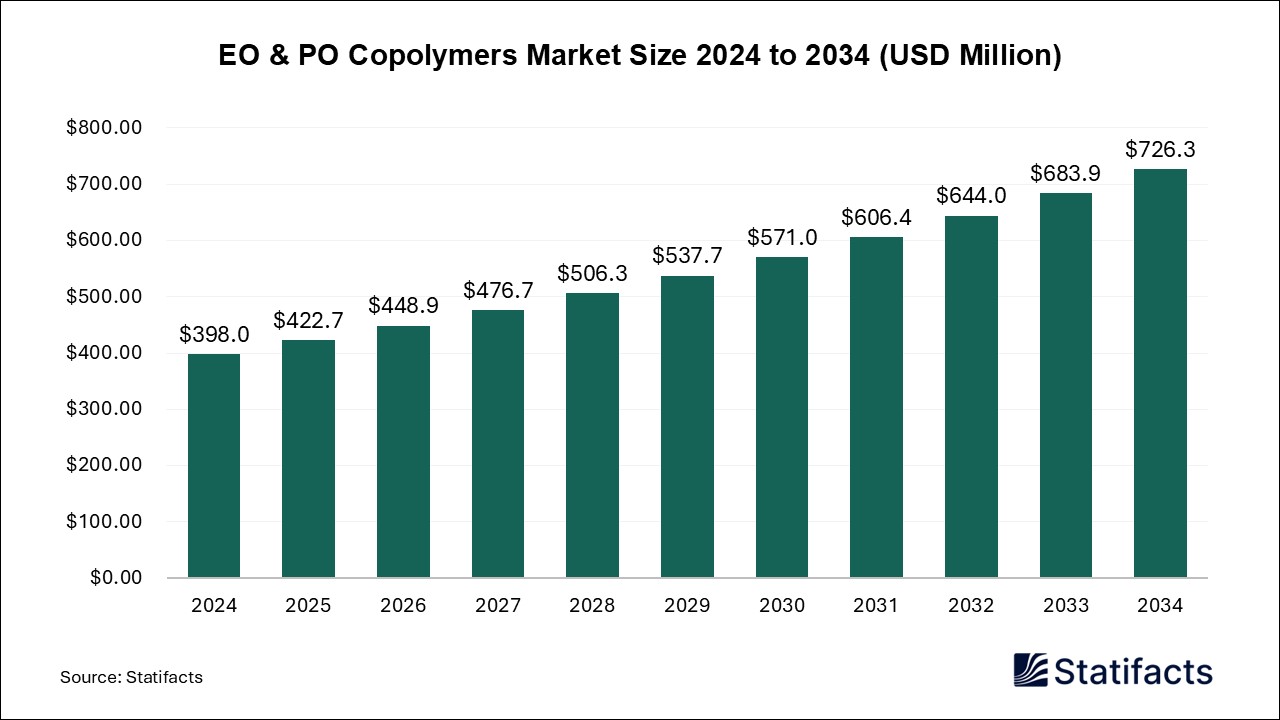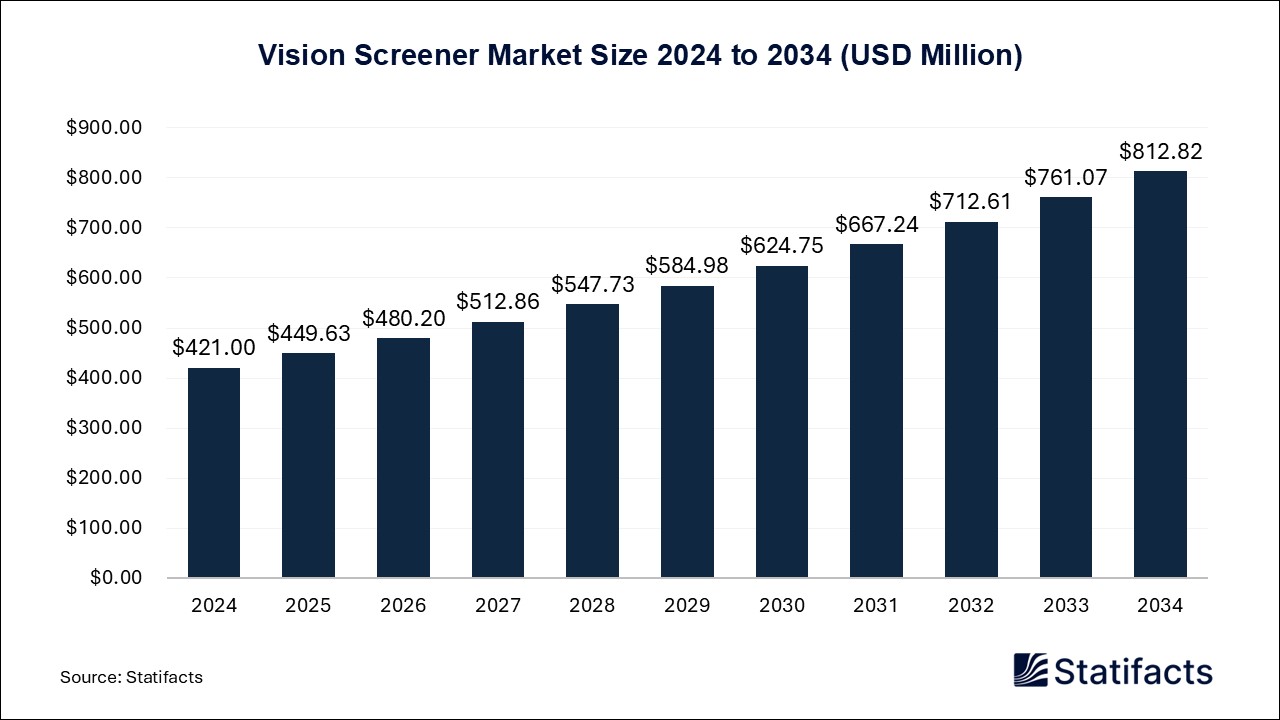
By clicking “Accept All Cookies” you agree to the storing of cookies on your device to enhance site navigation, analyze site usage, and assist in our marketing efforts.
Privacy PolicyPatient Monitoring Devices Market (By Type: Hemodynamic Monitoring Devices, Blood Glucose Monitoring Devices, Electroencephalograph (EEG) Devices, and Others; By Application: Hospitals & Clinics, Home Settings, and Ambulatory Surgical Centers (ASC); By Region: North America, Europe, Asia Pacific, and LAMEA) Industry Size, Share, Growth, Trends 2025 to 2034
The global patient monitoring devices market size was valued at USD 151 million in 2024, is projected to reach approximately USD 241.32 million by 2034. This growth, driven by rising demand for real-time health tracking and remote patient monitoring, is expected at a CAGR of 4.8%.
| Reports Attributes | Statistics |
| Market Size in 2024 | USD 151 Million |
| Market Size in 2025 | USD 158.25 Million |
| Market Size in 2031 | USD 209.66 Million |
| Market Size by 2034 | USD 241.32 Million |
| CAGR 2025 to 2034 | 4.8% |
| Base Year | 2024 |
| Forecast Period | 2025 to 2034 |
The patient monitoring devices market is growing rapidly as technological innovation improves the precision, portability, and connectivity of medical equipment. These devices have become an essential part of modern healthcare, enabling continuous monitoring of vital signs and improving the management of both acute and chronic conditions. The market is supported by a wide range of product categories, including cardiac monitors, respiratory monitors, multi-parameter monitors, and wearable monitoring devices.
At present, cardiac and multi-parameter monitoring systems hold the largest market share. They are critical tools in intensive care units, operating rooms, and emergency departments, where real-time tracking of patient data can be the difference between life and death. These systems are also essential for patients with chronic diseases, helping doctors detect early warning signs and adjust treatment plans accordingly. However, the fastest-growing segment is wearable and remote monitoring devices. The rise of smart sensors, mobile health applications, and Internet of Things (IoT) platforms has transformed how patients are monitored outside hospital settings. Portable and wearable devices enable healthcare professionals to continuously monitor heart rate, blood oxygen levels, temperature, and other vital signs, enhancing preventive care and early intervention.
The growing burden of lifestyle-related diseases such as cardiovascular conditions, diabetes, and respiratory disorders has created a strong demand for remote patient monitoring solutions. As more people seek convenient healthcare services that fit into their daily lives, home-based monitoring and telehealth platforms are becoming increasingly popular. Governments and healthcare organizations around the world are actively promoting telemedicine programs and digital health initiatives to make healthcare more accessible and efficient.
Despite the strong growth, the patient monitoring devices market faces several challenges. High device prices, regulatory complexities, and data security concerns are major obstacles for both manufacturers and healthcare providers. The global shortage of electronic components and supply chain disruptions have also impacted production costs and device availability. Manufacturers are now focusing on innovation, affordability, and cybersecurity to overcome these challenges and expand market reach.
North America currently dominates the global patient monitoring devices market, supported by its well-developed healthcare infrastructure, high adoption of digital technology, and strong presence of leading manufacturers. Europe follows closely with growing investments in connected healthcare systems and aging populations driving demand for continuous monitoring solutions. The Asia-Pacific region is expected to experience the fastest growth in the coming years as healthcare access improves, disposable incomes rise, and digital health adoption increases.
The integration of artificial intelligence and advanced data analytics is transforming how patient monitoring devices operate. AI enables predictive modeling, early anomaly detection, and real-time clinical insights. These technologies help automate many routine monitoring tasks, reducing the workload on healthcare professionals while improving accuracy. AI and cloud computing, when combined with edge analytics and wearable sensors, create a connected ecosystem that supports remote care and telemedicine. This integration allows healthcare providers to make faster decisions, improve patient outcomes, and deliver truly personalized care.
As digital health continues to evolve, the patient monitoring devices market is expected to become one of the pillars of preventive and remote healthcare. With growing investments in AI, IoT, and data-driven medical technologies, the future of patient monitoring will be smarter, more efficient, and accessible to people across the world.
| Regions | Shares (%) |
| North America | 30% |
| Asia Pacific | 35% |
| Europe | 25% |
| LAMEA | 10% |
| Segments | Shares (%) |
| Hemodynamic Monitoring Devices | 25% |
| Blood Glucose Monitoring Devices | 45% |
| Electroencephalograph (EEG) Devices | 15% |
| Others | 15% |
| Segments | Shares (%) |
| Hospitals & Clinics | 55% |
| Home Settings | 30% |
| Ambulatory Surgical Centers (ASC) | 15% |
Published by Kesiya Chacko
| Type | 2024 | 2025 | 2026 | 2027 | 2028 | 2029 | 2030 | 2031 | 2032 | 2033 | 2034 |
|---|---|---|---|---|---|---|---|---|---|---|---|
| Blood Glucose Monitoring Devices | 67.95 | 71.37 | 74.96 | 78.73 | 82.69 | 86.85 | 91.22 | 95.81 | 100.63 | 105.69 | 111.01 |
| Hemodynamic Monitoring Devices | 37.75 | 39.25 | 40.80 | 42.41 | 44.08 | 45.81 | 47.61 | 49.48 | 51.41 | 53.42 | 55.50 |
| Electroencephalograph (EEG) Devices | 22.65 | 24.05 | 25.54 | 27.11 | 28.78 | 30.54 | 32.41 | 34.38 | 36.47 | 38.68 | 41.02 |
| Others | 22.65 | 23.58 | 24.54 | 25.55 | 26.59 | 27.68 | 28.81 | 29.98 | 31.20 | 32.47 | 33.78 |
| Application | 2024 | 2025 | 2026 | 2027 | 2028 | 2029 | 2030 | 2031 | 2032 | 2033 | 2034 |
|---|---|---|---|---|---|---|---|---|---|---|---|
| Hospitals & Clinics | 83.05 | 86.56 | 90.22 | 94.03 | 98 | 102.13 | 106.43 | 110.91 | 115.57 | 120.43 | 125.49 |
| Home Settings | 45.30 | 47.95 | 50.75 | 53.71 | 56.83 | 60.13 | 63.62 | 67.30 | 71.19 | 75.30 | 79.63 |
| Ambulatory Surgical Centers (ASC) | 22.65 | 23.74 | 24.88 | 26.07 | 27.32 | 28.63 | 30.01 | 31.45 | 32.96 | 34.54 | 36.20 |
| Region | 2024 | 2025 | 2026 | 2027 | 2028 | 2029 | 2030 | 2031 | 2032 | 2033 | 2034 |
|---|---|---|---|---|---|---|---|---|---|---|---|
| North America | 45.30 | 47.32 | 49.42 | 51.62 | 53.92 | 56.31 | 58.82 | 61.43 | 64.16 | 67.01 | 69.98 |
| Europe | 37.75 | 39.40 | 41.13 | 42.93 | 44.81 | 46.77 | 48.81 | 50.95 | 53.17 | 55.49 | 57.92 |
| Asia Pacific | 52.85 | 55.70 | 58.71 | 61.87 | 65.21 | 68.72 | 72.42 | 76.31 | 80.42 | 84.74 | 89.29 |
| LAMEA | 15.10 | 15.82 | 16.58 | 17.38 | 18.21 | 19.09 | 20.01 | 20.97 | 21.97 | 23.03 | 24.13 |
| Subsegment | 2024 | 2025 | 2026 | 2027 | 2028 | 2029 | 2030 | 2031 | 2032 | 2033 | 2034 |
|---|---|---|---|---|---|---|---|---|---|---|---|
| Blood Glucose Monitoring Devices | 67.95 | 71.37 | 74.96 | 78.73 | 82.69 | 86.85 | 91.22 | 95.81 | 100.63 | 105.69 | 111.01 |
| Hemodynamic Monitoring Devices | 37.75 | 39.25 | 40.80 | 42.41 | 44.08 | 45.81 | 47.61 | 49.48 | 51.41 | 53.42 | 55.50 |
| Electroencephalograph (EEG) Devices | 22.65 | 24.05 | 25.54 | 27.11 | 28.78 | 30.54 | 32.41 | 34.38 | 36.47 | 38.68 | 41.02 |
| Others | 22.65 | 23.58 | 24.54 | 25.55 | 26.59 | 27.68 | 28.81 | 29.98 | 31.20 | 32.47 | 33.78 |
| Subsegment | 2024 | 2025 | 2026 | 2027 | 2028 | 2029 | 2030 | 2031 | 2032 | 2033 | 2034 |
|---|---|---|---|---|---|---|---|---|---|---|---|
| Hospitals & Clinics | 83.05 | 86.56 | 90.22 | 94.03 | 98 | 102.13 | 106.43 | 110.91 | 115.57 | 120.43 | 125.49 |
| Home Settings | 45.30 | 47.95 | 50.75 | 53.71 | 56.83 | 60.13 | 63.62 | 67.30 | 71.19 | 75.30 | 79.63 |
| Ambulatory Surgical Centers (ASC) | 22.65 | 23.74 | 24.88 | 26.07 | 27.32 | 28.63 | 30.01 | 31.45 | 32.96 | 34.54 | 36.20 |
| Subsegment | 2024 | 2025 | 2026 | 2027 | 2028 | 2029 | 2030 | 2031 | 2032 | 2033 | 2034 |
|---|---|---|---|---|---|---|---|---|---|---|---|
| North America | 45.30 | 47.32 | 49.42 | 51.62 | 53.92 | 56.31 | 58.82 | 61.43 | 64.16 | 67.01 | 69.98 |
| Europe | 37.75 | 39.40 | 41.13 | 42.93 | 44.81 | 46.77 | 48.81 | 50.95 | 53.17 | 55.49 | 57.92 |
| Asia Pacific | 52.85 | 55.70 | 58.71 | 61.87 | 65.21 | 68.72 | 72.42 | 76.31 | 80.42 | 84.74 | 89.29 |
| LAMEA | 15.10 | 15.82 | 16.58 | 17.38 | 18.21 | 19.09 | 20.01 | 20.97 | 21.97 | 23.03 | 24.13 |
To get full access to our Market Insights, you need a Professional Account or a Business Suite.

You will receive an email from our Business Development Manager. Please be sure to check your SPAM/JUNK folder too.

You will receive an email from our Business Development Manager. Please be sure to check your SPAM/JUNK folder too.

Our customers work more efficiently and benefit from



